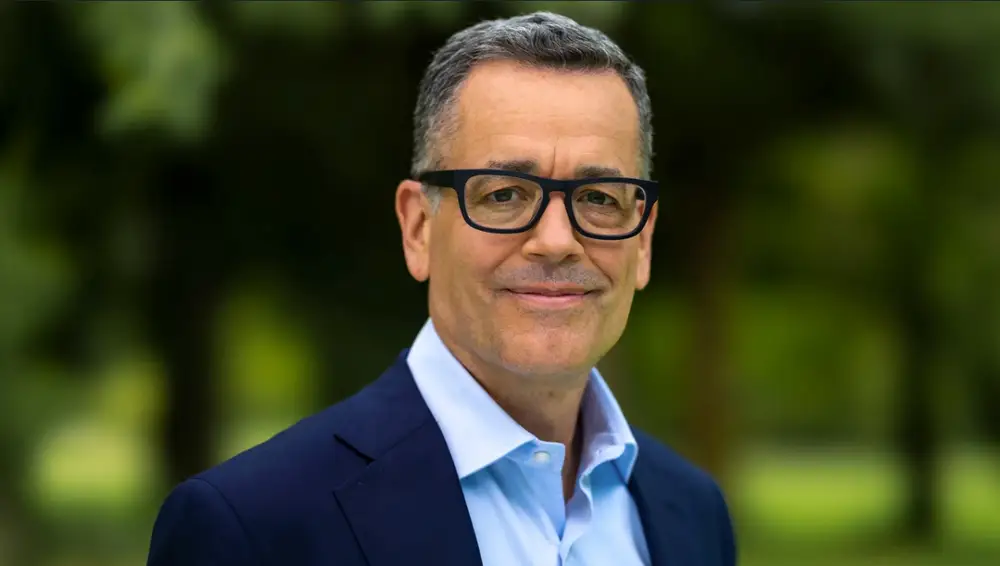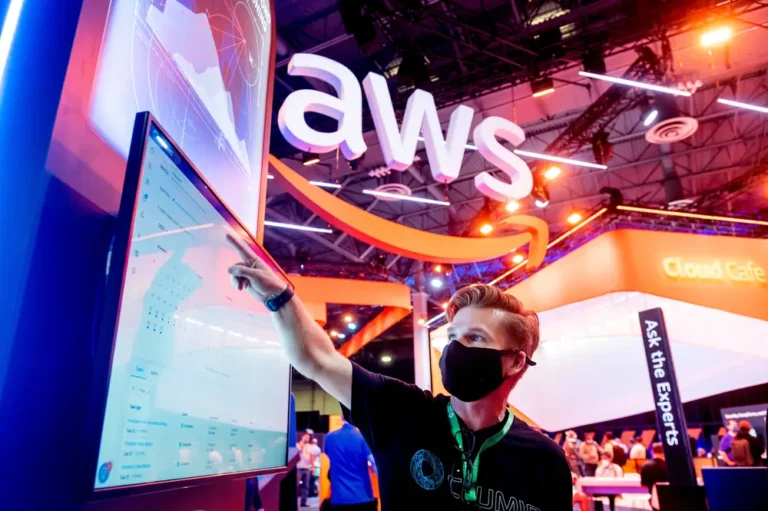In leaked internal meeting, Amazon retail chief says sales of cheaper items are surging

Amazon’s retail CEO Doug Herrington
The sales of cheaper items are surging on Amazon.
During a recent internal all-hands meeting, Amazon’s retail CEO Doug Herrington said that the everyday essentials business, which includes health, beauty, and grocery products, is “growing 50% faster than the rest of the store,” according to a recording of the event obtained by B-17.
The growth is primarily driven by faster delivery speeds because people tend to spend more and shop more frequently when orders arrive quickly, Herrington said. Over 50% of those everyday essentials are now delivered on the same or next day, he added.
“It has really supercharged our grocery and everyday essential business,” Herrington said, referring to faster shipping speeds. “And these are especially the low-priced everyday essentials, the things that most households purchase every week.”
Amazon has been investing heavily to make its warehouse and logistics network more regional. The goal has been to not only speed up deliveries, but also make it less expensive for the company to offer faster delivery.
No longer “CRaP”
Lower costs help Amazon offer cheaper products, which often come with thinner profit margins. This is a notable shift from the company’s previous strategy of curbing sales of such products. Internally, Amazon used to refer to these products as “CRaP,” or “can’t realize a profit,” because they were relatively expensive to ship and less profitable.
Amazon’s record profits in recent years, alongside drastic cost cuts and major layoffs, are also contributing to the new approach. The change can potentially help Amazon better compete against Chinese e-commerce upstarts Temu and Shein, which are rapidly growing on the back of cheap items. Shein, for example, is expanding to sell more daily essentials, like toothpaste, skincare, and toys, Reuters reported.
Amazon’s spokesperson declined to comment.
‘Perfect placement’
During the recent all-hands meeting, Herrington said Amazon deliveries have become faster and cheaper after the company redesigned its network of warehouses to serve smaller regions. Now, Amazon has more warehouses assigned to customers close by, which allows for faster order fulfillment.
As a result, Amazon has been able to reduce the “cost to serve” each order for two years in a row, while achieving the fastest delivery speeds for Prime shipments this year, Herrington added.
“We call that effort perfect placement,” Herrington said.
In October, Amazon CEO Andy Jassy said the company has been “maniacal” about lowering the cost to serve in recent years. It’s a real competitive advantage because now Amazon can afford to sell lower-priced items economically, he said.
“There’s an expression that we’ve used a lot of times over the years that it’s easy to lower prices, but it’s much harder to be able to afford to lower prices,” Jassy said during a call with analysts.
‘Real positive’
During last month’s analyst call, Jassy added that the growth of cheaper items is a “real positive” because it is predicated on faster delivery speeds. He said that this usually leads to growth in customer loyalty, order frequency, and purchase volume.
“We see the ability to unlock whole new elements of the consumer spend,” Jassy said.
Brian Olsavsky, Amazon’s CFO, added that strong growth in everyday essentials is a positive sign of Amazon becoming a part of consumers’ daily shopping habits.
Evercore analyst Mark Mahaney wrote in a recent note that the shift is important for Amazon, especially since its most loyal Prime membership base is growing at a slower pace.
“While the growth in those categories represents a negative mix shift in terms of margins, it increases shopper loyalty, shopping frequency and increases the basket size — important if the total Prime HH membership base in the US is maturing,” Mahaney wrote.
Amazon is doubling down on these efforts. Herrington said in the recent all-hands meeting that Amazon is investing in new warehouse robotics technology that can further improve packaging speed. It’s also expanding its rural area network and drone delivery service, he said.
“The most important part is that customers are loving our faster speeds and we know they’re loving it because they’re shopping more,” Herrington said.





